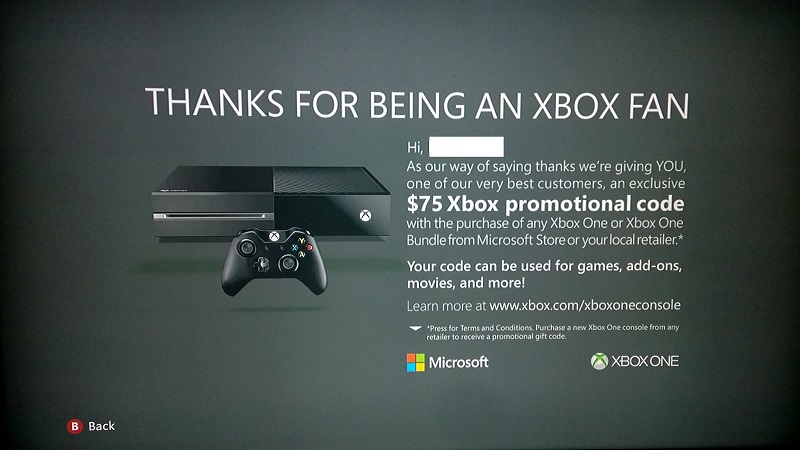The comparisons aren’t flattering, but now the Xbox One has shaken off almost everything it was originally pitched as it can find its own path to success.
It’s easy to criticise the Xbox One for a pre- and post-launch period that has seen the console change almost entirely from what it set out to be – an all-in-one connected entertainment box – to a more refined and honest video games console.
But the console business comes and goes in cycles. There are always fads and novelties, some of which last a few months (3D) and others years (Wii). But mostly the cycle of new hardware, followed by a barren period of games launches and gradual improvement in quantity and quality – until the new-gen is a solid market and the old-gen recedes – is a reliable constant.
The Xbox One is a console that has stumbled out of the gate and bounced from u-turn to u-turn, while the PS4 has seemingly weathered the launch period much more smoothly. Whether that’s true or just a narrative bounced around the games media echo chamber is debatable, but what is clear is that the roles between Microsoft and Sony have reversed. The Xbox One is following the path the PlayStation 3 took when it was first released. Here’s why:
Both consoles had ridiculously high prices, way above the nearest competitor
The PlayStation 3 came out as two different models, both of which were laughably priced. $499 for a 20GB model and a whopping $599 for the 60GB version. Conversely, the cheapest Xbox 360 sold for $299 and the more expensive $399. Any gamer with a sensible budget can see how to get better value – especially when you consider buying games on top of that.
Last year the Xbox One hit stores in November for $499. My god, Don Mattrick, what were you thinking? Its competitor the PlayStation 4 hit in the same month for $100 dollars less. With barely a handful of exclusives between them, why wouldn’t your choice of new console be the cheaper one? The difference in price prompted a round of high-fives over at Sony.
Only months later both consoles received their first price cut and a hardware revision
Sometimes people will pay a premium for your luxury product, but when the sales drop right out the gate, any pricecut is a public admission of failure from the executives in charge.
Sony’s PlayStation 3 got a $100 price cut 8 months after release although it stubbornly also released a $600 80GB model for added confusion. Microsoft’s version of this walk of shame was teased with an early cut three months after release in the UK, and then a full-on, hands-up-we-fucked-it admission only last month.
Off came $100 and the much-derided Kinect hardware – technology that had originally be central to the console’s marketing as an all-in-one entertainment device.
Both were hampered by execs saying daft things in order to defend their positions
Cutting the price of a product speaks volumes. But why do execs feel the need to dig holes deeper and try and spin it into something it’s not? It’s a massive positive that your console is cheaper, that’s great. But you didn’t do it to give the “fans” “more options”. Honestly, grow some stones.
When Xbox’s Yusuf Mehdi said: “We’re excited today to be able to respond to our fans, who have been telling us for some time that they’d like to have more options on how to get an Xbox One,” he should have just said “we’ve chopped $100 off the Xbox One and got rid of Kinect – FILL YOUR BOOTS!”
When everyone said the PS3 needed a price cut, Sony CEO Nobuyuki Oneda stated: “this year, our strategy is not to sell more quantity for PS3 but to concentrate on profitability. Our plan is not to reduce the price.” A week later Sony had reduced the price.
Next: disappearing features, fudged sales numbers – and how does Microsoft get back on top?


Comments
Post a Comment